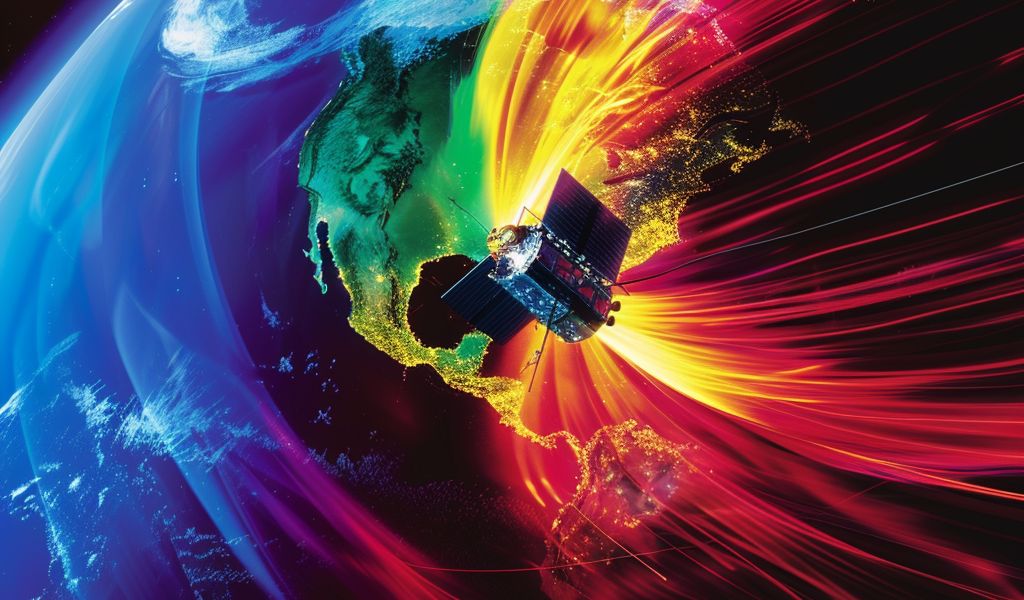ESA has given the green light to two new Scout satellites, NanoMagSat and Tango, as part of the organization’s continued embrace of the New Space era. NanoMagSat is set to measure Earth’s magnetic field, aiding in the assessment of space weather hazards and building upon the current Swarm mission. Meanwhile, Tango will focus on measuring greenhouse-gas emissions from human activity, complementing upcoming missions such as the Copernicus Carbon Dioxide Monitoring mission and the Sentinel-5 mission.
The decision to move forward with NanoMagSat and Tango was made by ESA’s Earth Observation Programme Board after careful evaluation of their suitability as Scout missions and their potential to generate cutting-edge science. Scout satellites are designed to deliver value-added science through the miniaturization of existing space technologies or the demonstration of new observing techniques, following a low-cost and short development process.
Both NanoMagSat and Tango had been proposed to ESA several years ago but were initially deemed not technically mature enough. However, these technical issues have since been resolved, leading to the approval of the missions. ESA’s Director of Earth Observation Programmes, Simonetta Cheli, expressed satisfaction with the addition of these two new Scouts to the Earth observation mission portfolio, highlighting their potential to bring significant benefits to Earth science and society.
NanoMagSat Mission
Building on the current Swarm Earth Explorer mission, NanoMagSat aims to uphold Europe’s leadership in monitoring Earth’s magnetic field. Additionally, it will measure the ionospheric environment, providing valuable insights into the complex forces generated by the magnetic field and electric currents around Earth. The mission is expected to enhance understanding of the dynamics of the magnetic field and the role of the Sun in the atmospheric–ionospheric–magnetospheric system.
Data from NanoMagSat will have various applications, including space weather hazard assessments, precise navigation, reference models for smart phones, directional drilling, and the World Magnetic Model. The mission will consist of a constellation of three 16U satellites, each weighing 24 kg and carrying miniaturized absolute and high-frequency magnetometers.





